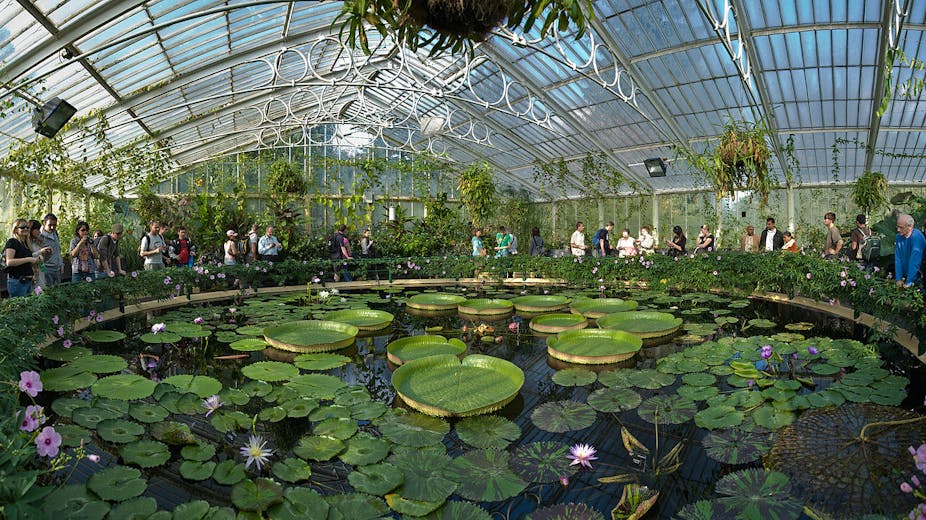To the casual visitor, the World Heritage Site that is the Royal Botanic Gardens at Kew might appear to be merely a green and pleasant land, a tranquil oasis amid the hustle and bustle of London – but it is under threat. A new report by a committee of MPs calls for greater financial freedom for this venerable institution.
Beneath the peaceful, verdant veneer of manicured gardens and innovative architecture that houses botanical curiosities and vegetable wonders from around the globe, a bitter battle is being fought. At stake is no less a prize than the survival of Kew as a world-class botanical research organisation.
Founded in the 18th century, when Britain’s imperial ambitions were being realised, Kew was envisioned as an exhibition of the botanical riches of the British empire so that they could be studied, understood, and exploited, for the benefit of the mother country. But Kew is much more than our nation’s greenhouse. For all its rich history, its present-day activities are very much about our future as a species on this planet.
Strong stuff. So, what does Kew do? What is it for? Is it just a “living museum”?
There are approximately 352,000 species of flowering plants in the world. We have little idea how useful the great majority might be, and many of them are endangered in the wild. Appropriately, a major part of Kew’s activities is recording plant diversity, understanding it as an invaluable natural resource from which we can all benefit, and helping to conserve it. But why?
Simply put, plants provide us with food (whether directly for vegetarians or indirectly via the plant-eating animals that we consume), fibres (for clothing), pharmaceuticals (to cure much of what ails us), and much more besides. Oh, and plants also provide that essential life-sustaining gas: oxygen.

It is an oft-repeated cliché that we don’t know where the next cure for cancer might come from. Well, we don’t, but it’s likely to be from plants, which have already provided us with effective treatments for leukaemia (from the Madagascar periwinkle), and for breast cancer (from the Pacific yew tree). And innovative solutions to the pressing problems of future climate change and food security are likely to be found amongst the botanical diversity of our planet.
Botany is serious business
So, plants (and fungi) are Kew’s business. And like all businesses it needs income to allow it to operate, and a plan of what it’s going to do with that money. Kew’s Science Strategy for 2015-2020 clearly shows it has vision and plans for the next several years at least.
In terms of funding, the recent parliamentary report was sparked by Kew’s announcement of a £5 million “hole” in its 2014/15 budget. Alongside its own income-generating activities, 45% of Kew’s total funding comes from public money distributed by the Department for Enivronment, Food & Rural Affairs. However, this amount is not guaranteed and has to be negotiated each year, and large portions of the money are tied to particular expenditure. This compares poorly to the Natural History Museum, 96% of whose government funding is unrestricted, meaning that the museum decides how best to deploy those sums.
If you have ever wondered whether a parliamentary committee has any independence from the influence of the ruling government, then you may be pleasantly surprised to learn that its main conclusion was that current government funding arrangements for Kew were a “recipe for failure”. In particular, there is an urgent need for Kew to be given more freedom in how it manages its budget, and to be given a better indication of funding in the longer term.
This is all well and good, but a new government might not implement the findings of the committee, and we might be facing another series of crisis talks concerning Kew’s funding in the very near future. But, let’s be optimistic, and hope that the next government – of whatever hue – is at least sufficiently green to put into effect the conclusions of this committee: to allow Kew to decide how best to spend its income and to secure its future funding.
In a world where our future as a species is more than ever tied up with our relationship to and exploitation of the planet’s botanical bounty, shouldn’t Kew be given the security of funding to maintain its world-class status, and the wherewithal to manage its own budget?

